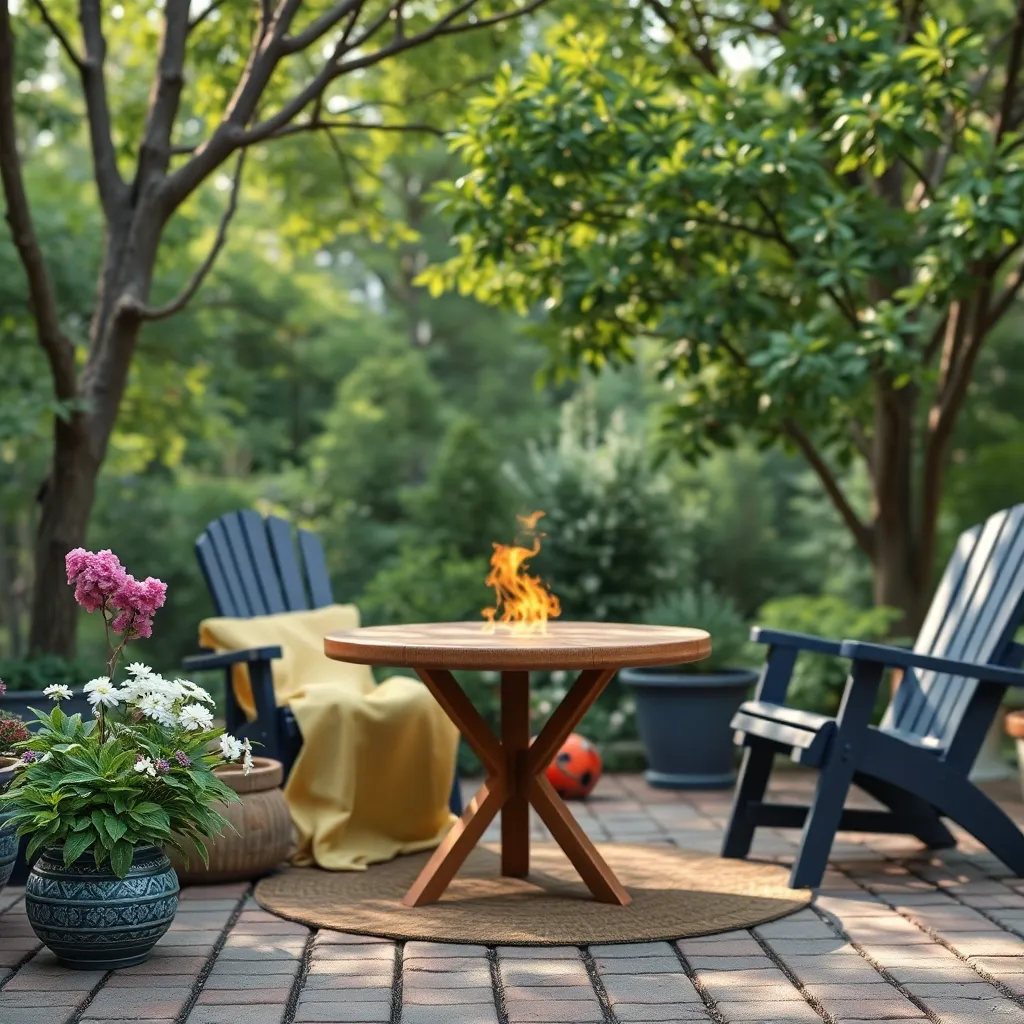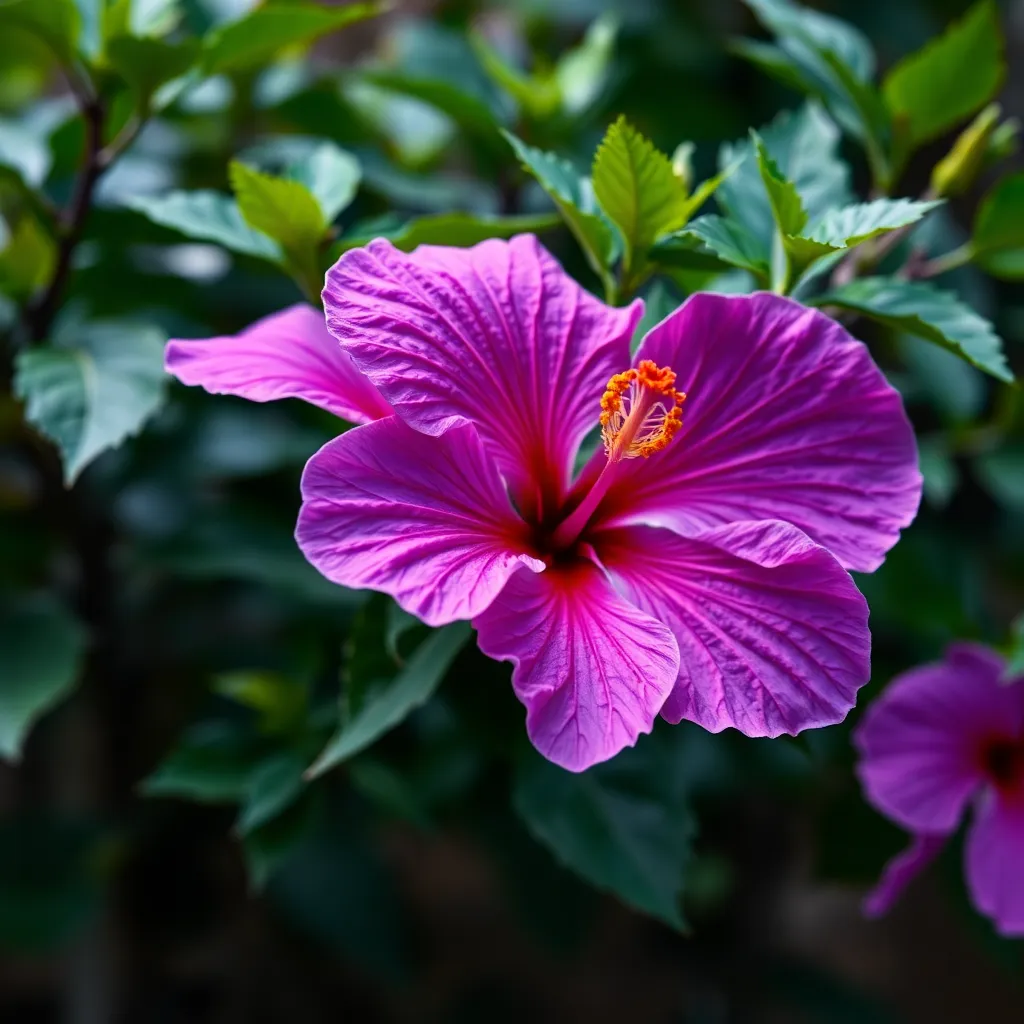
Outdoor plants
The Beauty and Benefits of Hibiscus Purple: A Guide to Growing and Caring for This Stunning Flower


DINKAR
10/24/2024
Hibiscus plants are known for their vibrant, colorful blooms, and among the many varieties, Hibiscus Purple stands out as a captivating option for any garden enthusiast. With its rich purple petals and distinct tropical allure, this flower adds a touch of elegance and exotic charm to any outdoor space. But beyond its beauty, Hibiscus Purple also offers various benefits, from attracting pollinators to enhancing your garden's aesthetics. In this guide, we'll explore everything you need to know about growing, caring for, and appreciating this stunning flower.
What is Hibiscus Purple?
Hibiscus Purple is a unique variety of the hibiscus plant that features deep purple blooms, often with a darker or contrasting center. While hibiscus flowers are commonly associated with vibrant reds, yellows, and pinks, the purple variety has gained popularity for its uncommon color and striking appearance.
Hibiscus plants belong to the Malvaceae family, and they are native to warm, tropical regions. Hibiscus Purple thrives in similar climates, making it ideal for gardeners in warm-weather zones. However, with proper care and attention, it can be grown in a variety of environments, even in temperate regions with seasonal care.
Benefits of Growing Hibiscus Purple in Your Garden
- Attracts Pollinators
- Hibiscus flowers, including the purple variety, are excellent at attracting beneficial pollinators like bees, butterflies, and hummingbirds. These pollinators play a crucial role in maintaining a healthy ecosystem in your garden, helping with plant reproduction and contributing to overall biodiversity.
- Low Maintenance
- Hibiscus Purple is relatively easy to grow and care for, making it an excellent option for both novice and experienced gardeners. Once established, it requires minimal upkeep, as long as it's planted in suitable conditions and receives proper care.
- Adds a Tropical Aesthetic
- The lush, tropical appearance of Hibiscus Purple brings a sense of paradise to your garden, balcony, or patio. Its large, showy blooms and deep green foliage create a striking contrast, turning any outdoor space into a vibrant oasis.
- Versatile in Garden Design
- Whether you want to grow Hibiscus Purple in garden beds, as a hedge, or in pots, it fits well in various landscape designs. Its bold flowers can complement other plant varieties and enhance your garden's visual appeal with its unique color palette.
How to Grow Hibiscus Purple
Growing Hibiscus Purple is a rewarding experience if you follow a few key steps to ensure its health and vitality. Here's a step-by-step guide to growing this beautiful flower in your garden:
1. Choosing the Right Location
Hibiscus plants thrive in full sun, so it's essential to choose a location in your garden that receives at least 6-8 hours of direct sunlight each day. However, if you live in an area with extremely hot summers, partial shade during the hottest part of the day can help protect the plant from sunburn.
The soil should be well-draining, as hibiscus plants prefer moist but not waterlogged conditions. If your garden soil has poor drainage, consider planting your Hibiscus Purple in a raised bed or container with good-quality potting mix.
2. Planting Hibiscus Purple
If you're planting Hibiscus Purple from a nursery pot, dig a hole that is slightly larger than the root ball. Place the plant in the hole, ensuring that the top of the root ball is level with the surrounding soil. Fill in the hole with soil and gently press it down to remove air pockets. Water the plant thoroughly after planting to help it establish.
For gardeners in cooler climates, it’s best to plant hibiscus in containers that can be moved indoors during the winter months to protect it from frost.
3. Watering and Fertilizing
Hibiscus Purple requires consistent watering, especially during the warmer months. Keep the soil evenly moist, but be careful not to overwater, as this can lead to root rot. During the growing season (spring and summer), hibiscus plants benefit from regular feeding with a balanced fertilizer high in potassium, which promotes blooming.
You can use a slow-release fertilizer or apply a liquid fertilizer every 2-3 weeks to encourage lush growth and abundant flowers. Reduce watering and feeding during the fall and winter when the plant enters dormancy.
4. Pruning and Maintenance
Pruning is essential to maintaining a healthy and attractive Hibiscus Purple plant. Regularly prune dead or damaged branches to promote airflow and reduce the risk of disease. Pruning also encourages new growth, leading to more blooms. The best time to prune is in early spring before new growth begins.
If you're growing Hibiscus Purple as a hedge or in a specific shape, you can also perform light pruning throughout the growing season to maintain its shape.
5. Pest and Disease Management
Hibiscus Purple is generally a hardy plant, but it can still fall victim to common garden pests such as aphids, spider mites, and whiteflies. Regularly inspect your plant for signs of infestation, such as yellowing leaves, sticky residue, or visible pests.
If you notice any pests, you can treat your Hibiscus Purple with insecticidal soap or neem oil. These natural treatments help keep pests at bay without harming beneficial pollinators.
Caring for Hibiscus Purple in Cooler Climates
If you live in a region with cooler winters, growing Hibiscus Purple in containers is the best option. This allows you to bring the plant indoors when temperatures drop below 50°F (10°C). Once inside, place the plant near a sunny window and reduce watering to avoid over-saturation.
Alternatively, if you grow Hibiscus Purple in the ground, you can cover it with frost cloth or mulch around the base to protect the roots from freezing temperatures.
The Symbolism and Cultural Significance of Hibiscus Purple
Hibiscus flowers, in general, hold significant cultural meaning in many parts of the world. In Hawaii, for example, hibiscus flowers are often worn to represent a woman's marital status, while in other regions, the flower is seen as a symbol of beauty, love, and positivity.
The purple variety of hibiscus, however, carries its own unique symbolism. Purple has long been associated with royalty, elegance, and mysticism, making Hibiscus Purple a symbol of luxury, power, and creativity. Planting this flower in your garden can add a sense of sophistication and wonder, giving your outdoor space an air of regality.
Final Thoughts: Why Hibiscus Purple is a Must-Have for Your Garden
In conclusion, Hibiscus Purple is a stunning and versatile plant that can transform any garden into a vibrant and lush tropical paradise. Whether you're looking to attract pollinators, enhance your garden's aesthetics, or enjoy the low-maintenance beauty of this flower, Hibiscus Purple is an excellent choice.